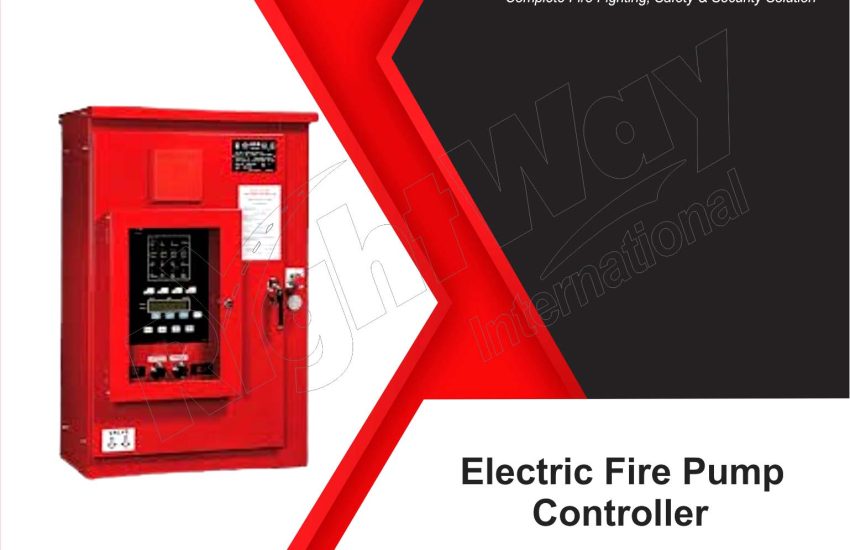In fire protection systems, an electric fire pump controller plays a crucial role in ensuring the reliable operation of fire pumps. This article explores the importance, features, and selection criteria for electric fire pump controllers, helping you understand their significance in fire safety.
What is an Electric Fire Pump Controller?
An electric fire pump controller is a device that manages and regulates the operation of electric fire pumps. It controls the starting and stopping of the pump, monitors its performance, and ensures that the pump operates effectively when needed.
Key Functions of Electric Fire Pump Controllers
- Automatic Start and Stop
- Automatically activates the fire pump when water pressure drops below a predetermined level.
- Stops the pump once the required pressure is restored.
- Monitoring and Alarming
- Monitors pump performance, including pressure levels, flow rates, and operational status.
- Alerts users to any malfunctions or issues through visual and audible alarms.
- Manual Control
- Allows operators to manually start or stop the pump as necessary.
- Provides override options in emergency situations.
- System Integration
- Integrates with fire alarm systems, ensuring coordinated responses during fire emergencies.
Benefits of Electric Fire Pump Controllers
- Enhanced Safety: By ensuring reliable pump operation, these controllers help protect lives and property during fire incidents.
- Efficiency: Optimizes pump performance, reducing energy consumption and operational costs.
- Reliability: Provides continuous monitoring, minimizing the risk of pump failure when it matters most.
Choosing the Right Electric Fire Pump Controller
When selecting an electric fire pump controller, consider the following factors:
1. Compatibility with Pump Types
Ensure the controller is compatible with the specific type of electric fire pump you are using, whether it’s a horizontal split case, vertical turbine, or end-suction pump.
2. Power Requirements
Check the power supply requirements of the controller to ensure it matches your electrical system.
3. Control Features
Look for features such as digital displays, remote monitoring capabilities, and programmable settings for enhanced control and convenience.
4. Compliance with Standards
Ensure the controller meets relevant fire safety codes and standards, such as NFPA (National Fire Protection Association) guidelines.
5. User-Friendly Interface
Choose a controller with an intuitive interface for easy operation and monitoring, reducing the potential for human error.
Installation and Maintenance Tips
1. Professional Installation
It’s essential to have your fire pump controller installed by a qualified professional to ensure compliance with safety standards and proper functionality.
2. Regular Testing
Conduct regular testing and maintenance of the fire pump system and controller to identify any issues before they become critical.
3. Documentation and Training
Keep detailed records of inspections, maintenance, and repairs. Train staff on how to operate the controller and respond to alarms effectively.
Conclusion
An electric fire pump controller is a vital component of any fire protection system, ensuring that fire pumps operate efficiently and reliably during emergencies. By understanding their functions, benefits, and selection criteria, you can make informed decisions to enhance safety in your facility.


